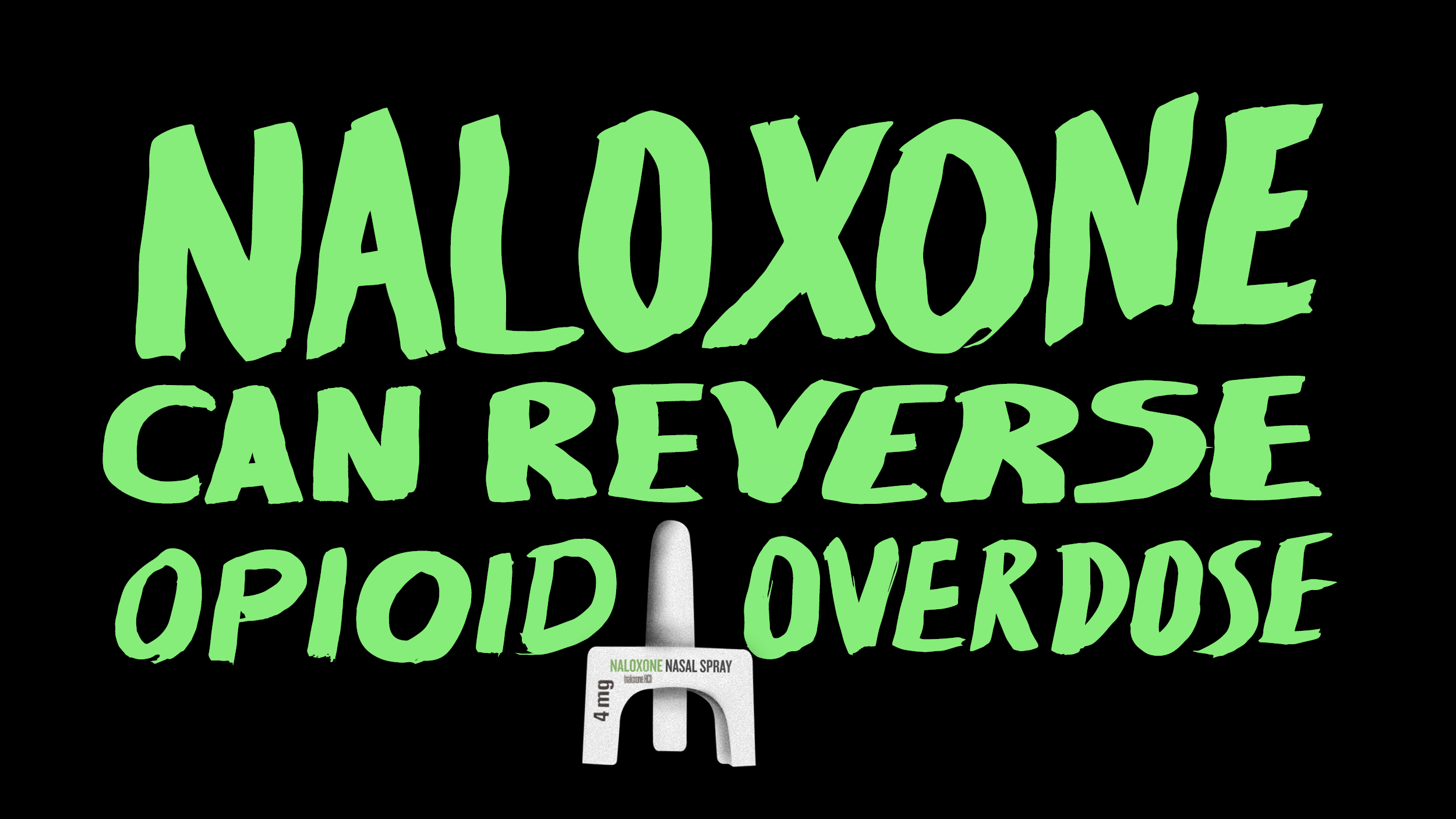Key points
- With the right tools, bystanders can act to prevent overdose deaths.
- Anyone can carry naloxone, give it to someone experiencing an overdose, and potentially save a life.

Steps to take
It may be hard to tell whether a person is high or experiencing an overdose. If you aren't sure, treat it like an overdose—you could save a life.
- Administer an overdose reversal medication like naloxone* (if available) and call 911.**
- Try to keep the person awake and breathing.
- Lay the person on their side to prevent choking.
- Stay with the person until emergency assistance arrives.
*Naloxone is a life-saving medication that can reverse the effects of opioid overdose and save lives. It is available in all 50 states and over the counter - you don't need a prescription.
** Most states have laws that may protect a person who is overdosing or the person who called for help from criminal penalties.
Signs of overdose
Recognizing the signs of opioid overdose can save a life. Here are some things to look for1:
- Unconsciousness or inability to awaken
- Slow or shallow breathing or difficulty breathing such as choking sounds or a gurgling/snoring noise from a person who cannot be awakened
- Discolored skin (especially in nails or lips)
- Small, constricted "pinpoint pupils" that don't react to light
